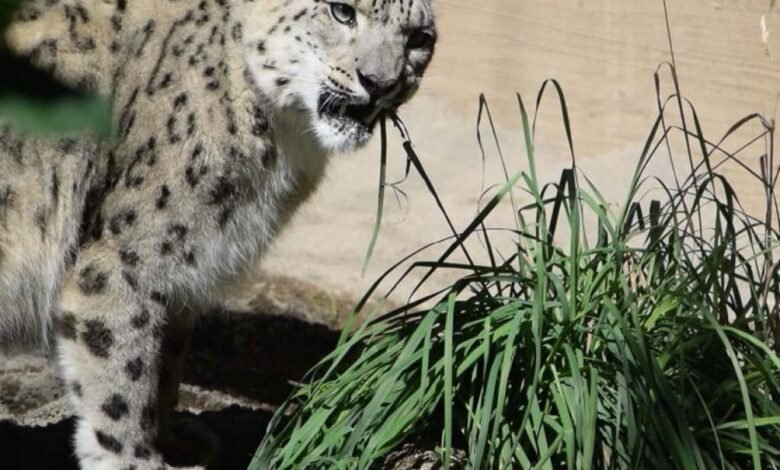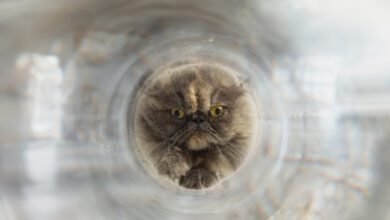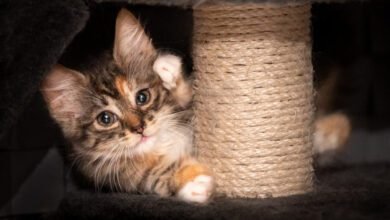Snow Leopards, Iconic Carnivorous Cats of Asia’s High Mountains, Also Eat Plants: Study


The snow leopard, the iconic snow predator of Asia’s high mountains, lives in areas above the tree line. But it eats plants, new research by Japanese scientists has found.
The furry feline mainly eats plants in the Miricaria gender. These plants are mainly shrubs and are found in temperate parts of Europe and Asia.
The snow leopard is not the first cat to be found consuming plants. There are 41 species of felines or cats alive in the world today. Researchers have already found plants in the feces of 24 species.
The precise reason why cats consume plants, both in captivity and in the wild, is unknown, according to researchers.
“Among these (24 species), snow leopard feces contained up to 45% Miricaria. However, the inconclusive results failed to determine whether Miricaria was more present in snow leopard feces than in other plants or if the Miricaria The phenomenon was unique to snow leopards,” the researchers wrote.
A team of researchers from Kyoto University in Japan spent months collecting fecal samples in the remote Sarychat-Ertash Reserve in the central part of the Uch-Kol river basin in the Tien-Shan (‘Heavenly Mountains’) mountain range in Kyrgyzstan.
They collected fecal samples in November 2017, March and September 2018, May 2019, October 2022 and May 2023.
Of the 150 mammal fecal samples collected, scientists were able to identify the host species in 126 samples.
Ninety belonged to snow leopards; 7 for wolves; 9 for red foxes. Three were brown bears; 9 of ibexes; 7 from argali while 1 belonged to a marmot.
A metabarcoding Analysis of 90 snow leopard fecal samples revealed that the cats more commonly consumed plants than Miricaria gender.
“Given that felines are essentially carnivores, we were surprised to see a higher frequency of Miricaria in samples with little or no trace of prey DNA, suggesting that the plant is consumed by snow leopards when they are hungry,” said team leader Kodzue Kinoshita of the Graduate School of Asian and African Area Studies in KyotoU Ecology and Environment, in research. .
“Through our innovative research, we hope to provide information on improved captive environments and more suitable conservation plans for the snow leopard,” concluded Kinoshita.
Metabarcoding analysis provides insight into the link between prey and plant ingestion in a large alpine carnivorous cat, the snow leopard was published in the magazine Royal Society Open Science.
We are a voice for you; you have been a support to us. Together we build independent, credible and fearless journalism. You can help us further by making a donation. This will mean a lot for our ability to bring news, perspectives and analysis from the ground so we can make changes together.




